So, my last post was about Lauren's little mini-messenger bag, and how I was immediately inspired to make myself a nice big version. Today I set out to do just that. I had some gorgeous fabric in my stash, but the pattern on it made it very tricky to use. I had to play with the bag dimensions a lot, but I think it came out nice. The fabric store had all their fuseable interfacing on sale, so I picked up lots... and good thing too. I think I might want to make a few more of these. It was about 4 hours to sew, start to finish. I based it loosely off the 'Personalized Kids Messenger Bag" from crazylittleprojects.com. I kept the top flap simple, and made the bag larger... but it's a really good tutorial to guide you through the basic steps.
2 Comments
Allowance = A Sewing RequestMy husband and I decided last week that it was time for Lauren to start earning an allowance. We sat down as a family and made an allowance chart. It's a weekly layout, with both mandatory items, and 'bonus' points, (as well as negative points for bad behaviour). It's on a point system, where you make each point a set value, and then the number of points at the end of the week determines the allowance amount. We decided 20 cents per point was fair, and Lauren was beyond motivated to get every possible point. She had an amazing week, and yesterday, she earned her very first allowance! She was super excited, but then realized that a piggy-bank was not a practical way to take her allowance out shopping! I gave her an old wallet of mine, but she said it needed a strap... "That's what a purse is for." I said. Next thing I know, I'm sewing my little critter a purse to hold her wallet. It turned out super-cute, so I thought I would share. I am now inspired to make my own larger version, and make it my new work bag!
Simplified Snow Dyeing (NO soda ash required)!I love dying fabrics. It's fun, creative, and a cool project for Lauren and I to do together. I stumbled across the concept of snow dying the other day, but it involved the use of soda ash for prepping fabric, and professional dyes. Not my thing. So i decided to try and do the project with something simpler, and it worked out wonderfully! So I thought I would share this beginner's version of snow dyed fabric so everyone can do some crafts with all that white stuff we have out there! Snow Dying Tutorial Supplies: 1. Washed and dried white or natural fabric. I LOVE working with un-dyed organic bamboo french terry fabric. There's a wonderful Canadian supplier called Kindrel that I get all these lovely fabrics from. It's only about $11 (US) a yard for the heavy stuff, and it's worth every penny! I've also dyed cotton (up-cycling old t-shirts) and it works just as well. 2. One-step tie dye kit. Any craft store has these kits, and they're pretty affordable if you catch them on sale. Don't get the professional dyes, because those require the soda ash pre-treatment. 3. A plastic bucket that has a lid. 4. Mesh or metal rack to keep the fabric out of the melted sow puddle. I used a rack from the warming drawer in my stove, and a cookie cooling rack. I have also seen people use window screens, etc. It doesn't seem to matter much. 5. Snow Place your rack in the plastic bucket. Scrunch up your fabric and place it on top of the rack. Make sure no ends are falling through or are hanging off the edges. Carefully pile snow on top of your fabric. Try to cover the edges if you can, not a big deal if some of the fabric is sticking out. I tried to minimize the amount of snow at the bottom of the bucket though. You don't want the melted water level to reach your fabric. Now for the dye, I tried 2 different methods and both worked. The first method I used was to mix the dyes with half as much water as called for in the instructions (I didn't want the dye to dilute too much once poured on the snow). Lauren squirted the dye onto the snow in blobs of colour. I'm sure you can get very creative with this step. The other method we tried was to just directly sprinkle the dye powder onto the snow. This method gave a result that had more concentrated sections of colour, with some very dark and very light spots. The liquid method had a more uniform colour blending. Have fun covering the snow with colours! I found that using 2 colours gave plenty of variation in the end result. Now the hard part... waiting. you have to let the snow completely melt, and then let the dye set into the fabric. SO cover your masterpiece with a lid to prevent it from drying out and leave it overnight. In the morning rinse your fabric repeatedly until the water runs clear. I like to hand wash the fabric in the kitchen sink at this point (it helps prevent the dye from bleeding). Then wring it out and dry it, either on a line or in the dryer. That's it.
Have fun! Little Fawn CostumeLauren wanted to be a fawn for Halloween this year. Halloween in Northern Canada is really tricky, and usually involves a costume being covered by (or squished on top of) snowpants and parkas. I vowed that Lauren's costumes would always be designed for these cold Halloween nights, and keep her toasty warm while still looking great. So $20 in polar fleece later, we have a cozy fawn costume, including wide headband ear-warmers with deer ears sewn on! The pants were a version of a free pattern for children's pyjama pants. Lauren cut out all the circles for the pants one Saturday morning... she did a great job! The jacket was a bit more involved, and I drafted it all on the fly... so I'll probably never be able to make another one! I really should have documented the process to make a tutorial... Maybe next time!
A co-worker friend of mine asked if I could sew her a stethoscope cover... I had never tried before, but I gave it a whirl, and gave her the results. It was not very pretty... the seams were not straight and the closure was a mess. I have been working on a new design and I have finally come up with something that I like. So I have begun sewing stethoscope covers for all those healthcare workers who would like one. I will take custom orders, and post any unsold covers in the Store section of this blog. Currently I'm using designer quilting cotton, however, I am going to start trying out organic bamboo french terry, and up-cycling cotton jersey. Hopefully it works!!
|


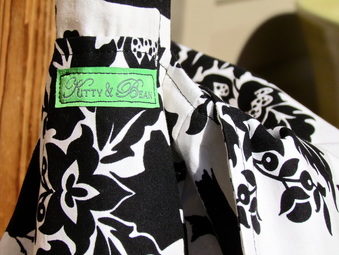


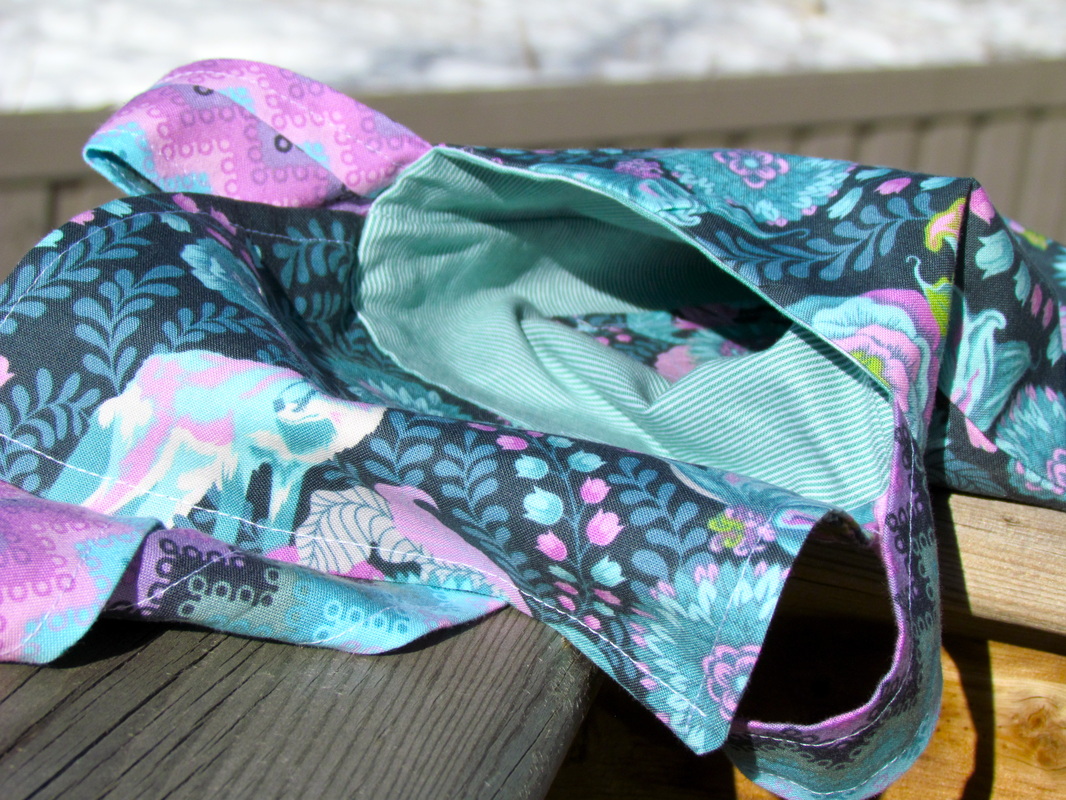



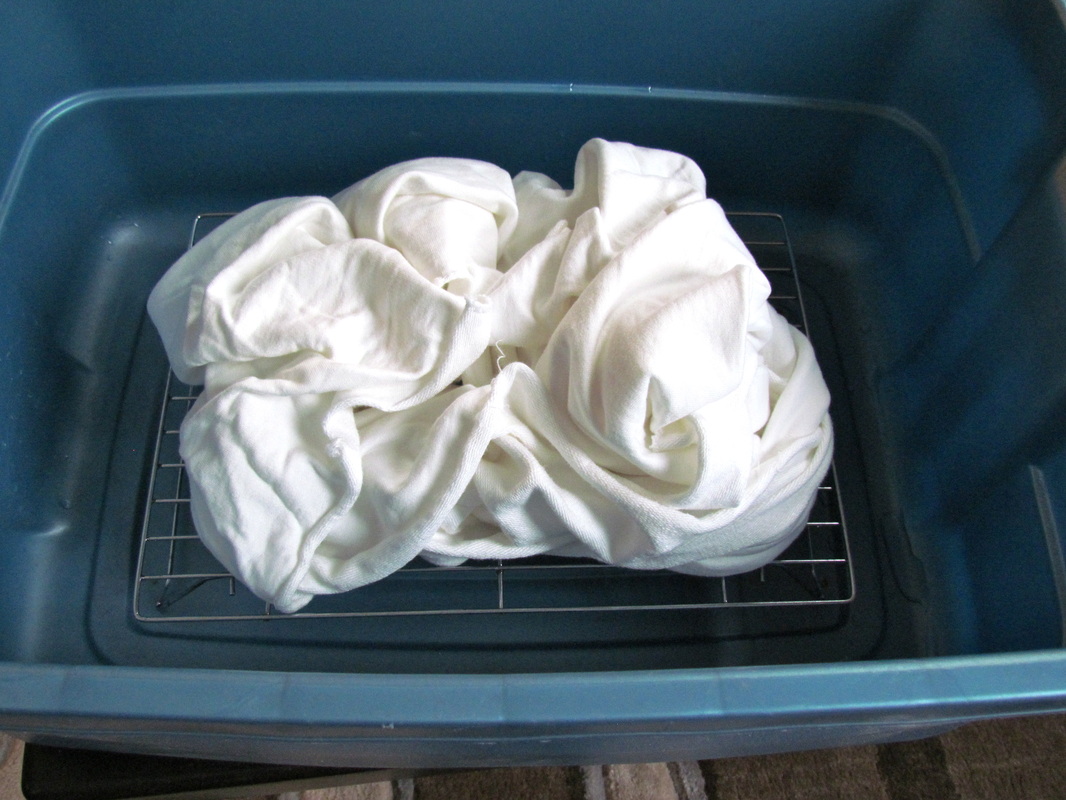

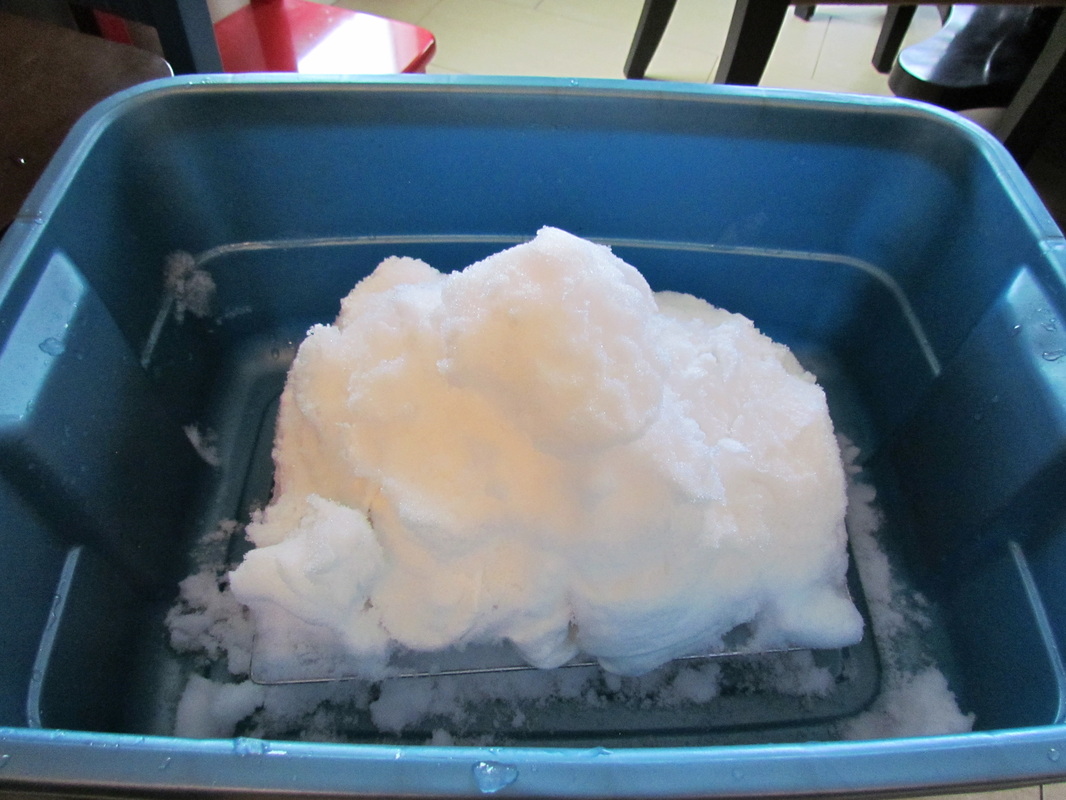



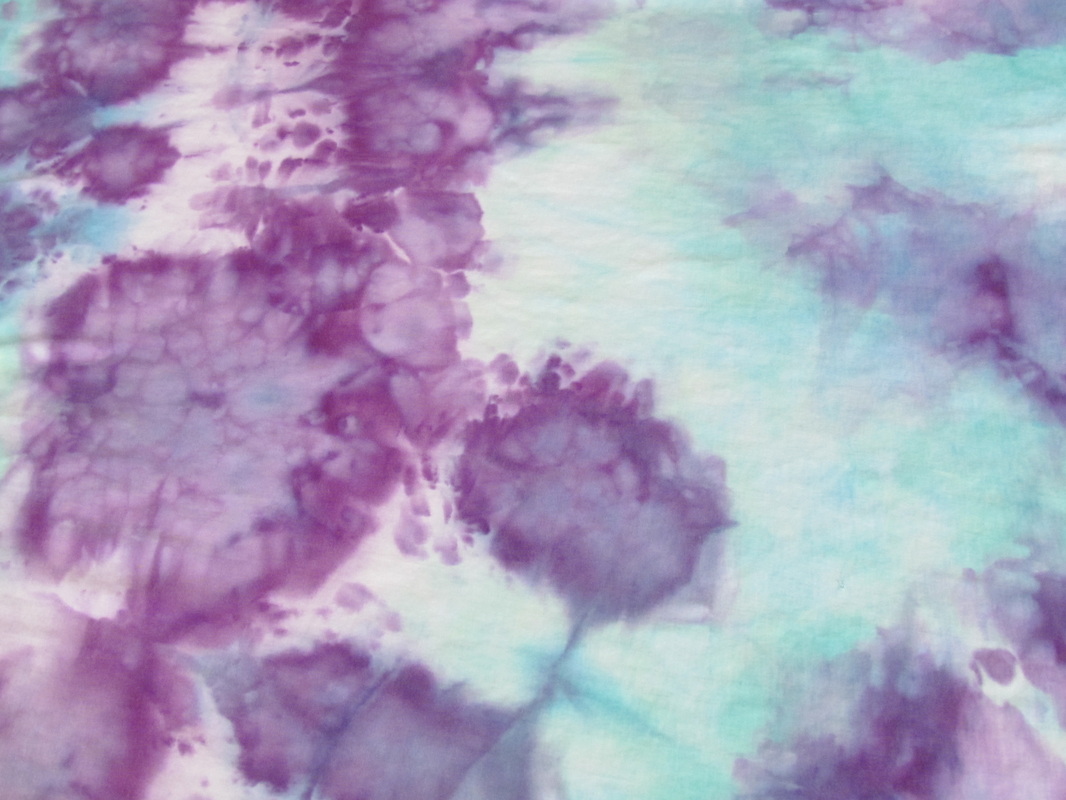




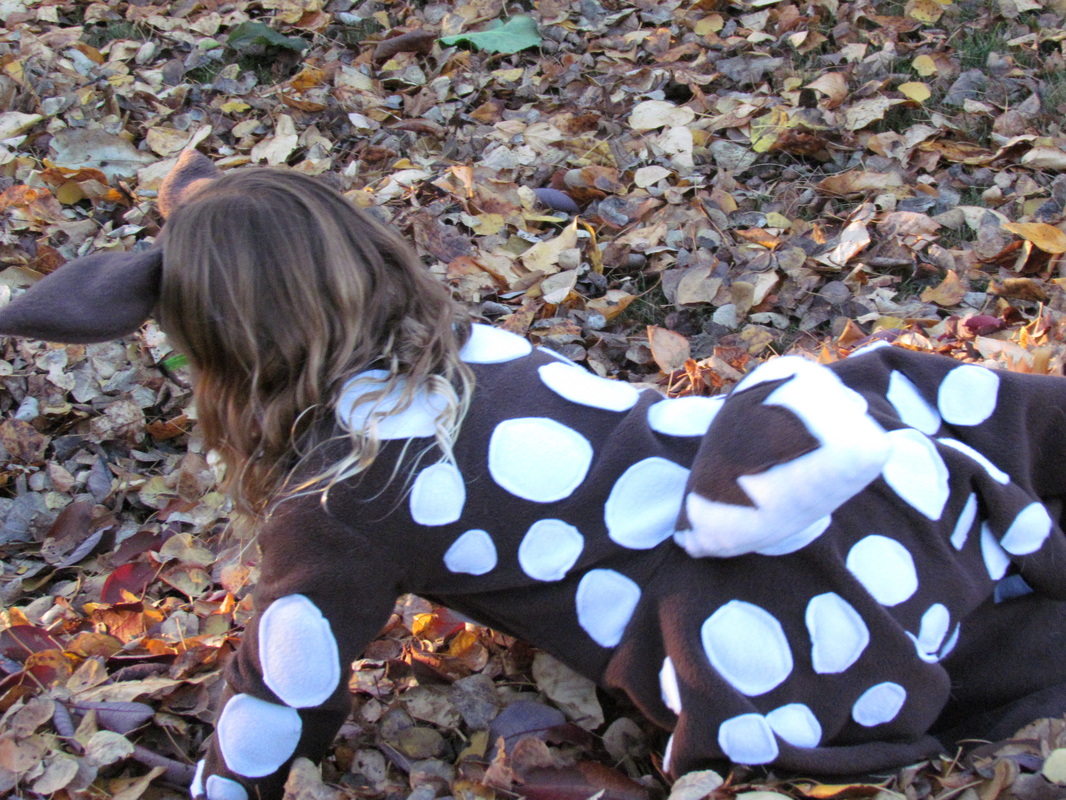







 RSS Feed
RSS Feed